Bokashi is a Japanese term meaning “fermented organic matter”. It is an organic composting method that uses beneficial microorganisms to ferment different types of food waste and foster soil life.
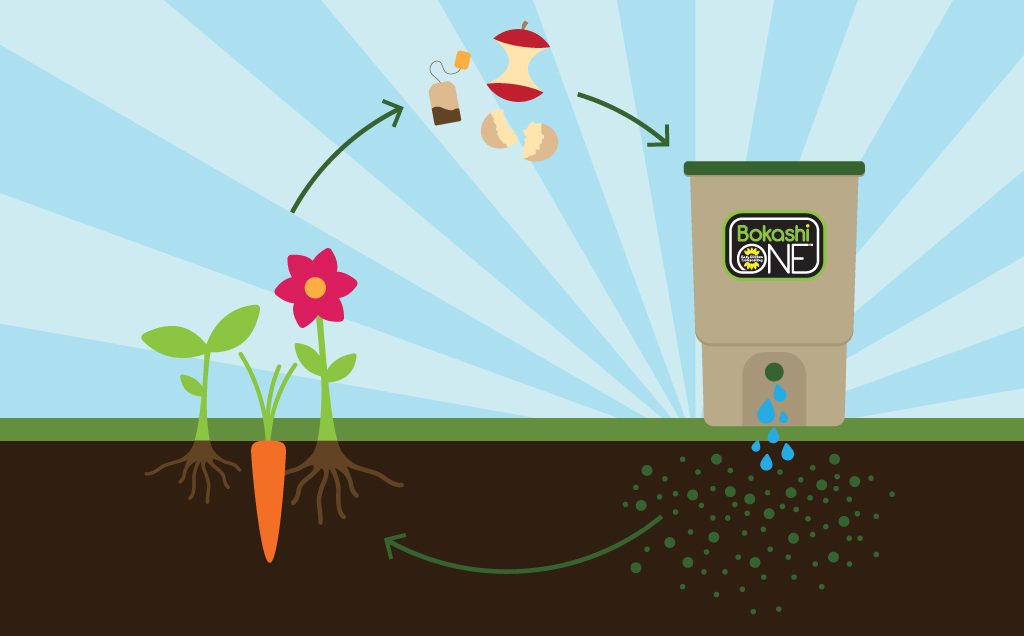
Collection of food waste in a composter
What is Bokashi?
Bokashi is actually an anaerobic fermentation process typically consisting of wheat bran inoculated with a special mixture of microbes sometimes referred to as effective microorganisms (EM), or EM-1, also known as "Bokashi starter". The result of mixing these effective microorganisms with waste materials is an organic amendment capable of boosting the development of life in soil. This is done by activating the natural mechanisms that provide plants with the balance, food and protection they need.
Thanks to the microbial synergy in soil, soil life is optimized in such a way that the presence of carbohydrates, amino acids and organic acids is substantially increased. A high enzyme activity can also help make up a harmonious biological life.
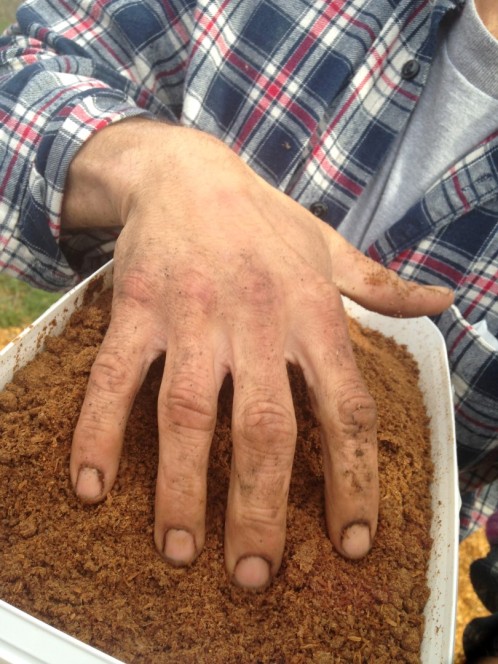
Freshly-fermented Bokashi
Preparing Bokashi
In order to prepare a good Bokashi activator you'll need:
- 20 L of quality water at room temperature (25ºC/77ºF)
- 250 ml organic molasses
- 250 ml EM-1 or EMS
- A 22 kg (50lbs) bag of wheat bran
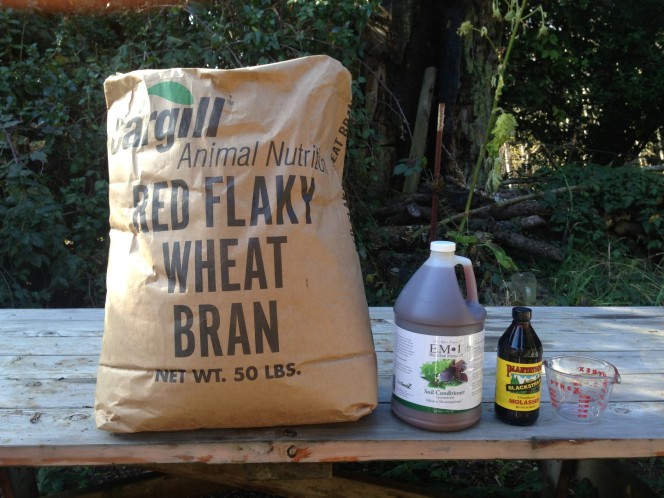
The wheat bran, the EM-1 solution and the molasses act together in order to create a fermented product such as Bokashi, containing microbes capable of breaking down organic matter into carbon-rich amendment for plants.
Heat 4 liters of water until it is warm enough to easily dissolve molasses. Add 250 ml of molasses to the water and stir until it is completely mixed.
Add the 4L molasses to the remaining 16L of water. Mix by creating a vortex by twirling your hand or stick in a clockwise direction, quickly add the EM-1 and, finally, reverse the vortex a couple times 'till fully mixed.
Next, pour the wheat bran out into a cone-shaped pile. Then create a volcano-like crater on the peak. This creates an easy reservoir for the EM-1 + molasses + water mix to be poured into.
Now mix the bran and liquid together with your hands almost as if you were making dough. Work the liquid into the bran until even moisture is achieved. This will take about 20 minutes. Mixing it thoroughly is really important if we want to obtain a balanced dough.
At this point, you should be able to squeeze the bran into the shape of your hand, have it feel moist, without it releasing water through your fingers.
Now add the mixed bran into a contractor bag or airtight container. Leave as little of air as possible and close it off as airtight as possible. Now that it is closed off from air, the anaerobic microbes can go to work processing and fermenting the grain as it eats its simple sugar food source. This process will go much faster at a warm room temperature around 25ºC. As the microbes grow, they release gas causing your container or contractor bag to swell.
After 2 weeks, the bran should be fully fermented and have a sweet but strong odor. This picture was taken just 2 hours after mixing the Bokashi grain. It was a warm day which helped accelerate microbial growth. 2 contractor bags are recommended to insure against any damage.
After 2 weeks the bran should be fully fermented and have a sweet beer-like odor, due to the presence of lactic acid bacteria (lactobacillus). Your Bokashi is now ready to be used. However, it will not store well with its current moisture content. For longer storage, it is recommended to dry the Bokashi out. The cheapest and easiest method is to simply spread it out on a tarp in the sun evenly raking until dry. Using a stove or a dehumidifier will work when indoor drying is required.
Using Bokashi
The Bokashi, which is now active, can be used as an organic amendment or compost during the anaerobic process. A tip of advice: if you decide to use it as an organic fertilizer, we recommend placing it far from the roots since the acidity could burn the radicular mass. A distance of 30-40 cm from your plant's roots would be just right.
Now that the Bokashi is ready, we're going to prepare anaerobic compost with it and then mix it with fertile soil to create a fully organic comprehensive substrate.
We will use a composter equipped with a faucet (see pic. 1), if possible, to squeeze the juice out of this compost and then use it as a natural fertilizer. This Bokashi juice has a high concentration of nutrients, which is the reason why we recommend dissolving it with your favorite nutrient solution at a rate of 1% so that your plants don't get burnt (the pH of freshly-made juice is really acid, between 3 o 4).
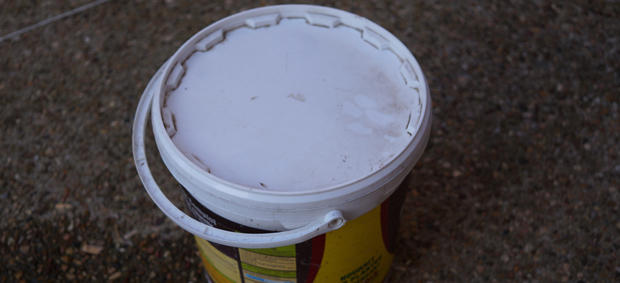
Your composter will have to be completely airtight (anaerobic/no oxygen) for your compost to be effective enough. Then, we'll have to build it in layers, as if we were cooking lasagna. We'll have to do so in the following order: a layer of waste materials and a layer of our Bokashi. Repeat this process as many times as necessary until the top of the bucket is reached. It is very important to make sure all layers are tightly pressed so that even the ones at the bottom can get enough oxygen and the process goes on as it should. If we do so, the production of Bokashi juice will also be favored.
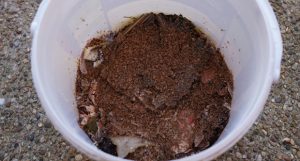
Afterwards, we'll have to mix our Bokashi compost with the fertile ground chosen. Leave to rest for some 2 weeks. Then, the organic substrate will be ready to use. We recommend mixing 2/3 of fertile ground with 1/3 of Bokashi compost to obtain the perfect balance of the different elements.
You may then be able to enjoy awesome plants such as Blue Dream or Mango Sapphire, which are real cannabis jewels showing their potential when grown using this method.
We hope you can make use of our tips and your crops gain the outstanding quality you expect them to.
At Humboldt Seed Organization, quality first.
Enjoy it!





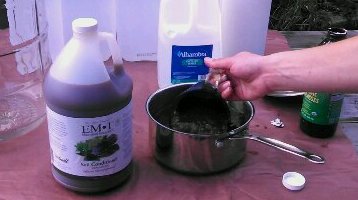
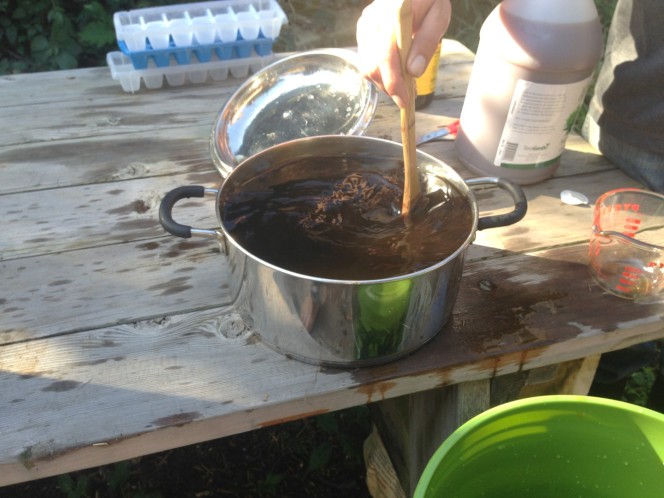
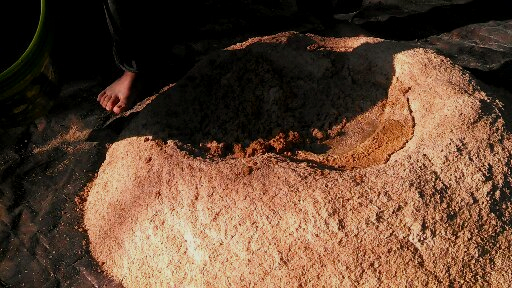
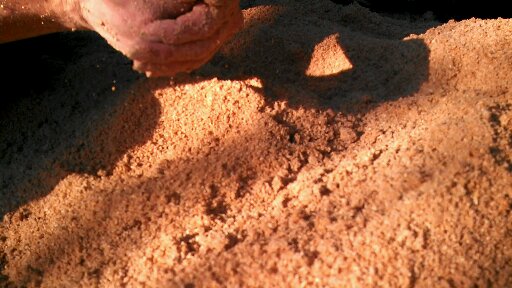
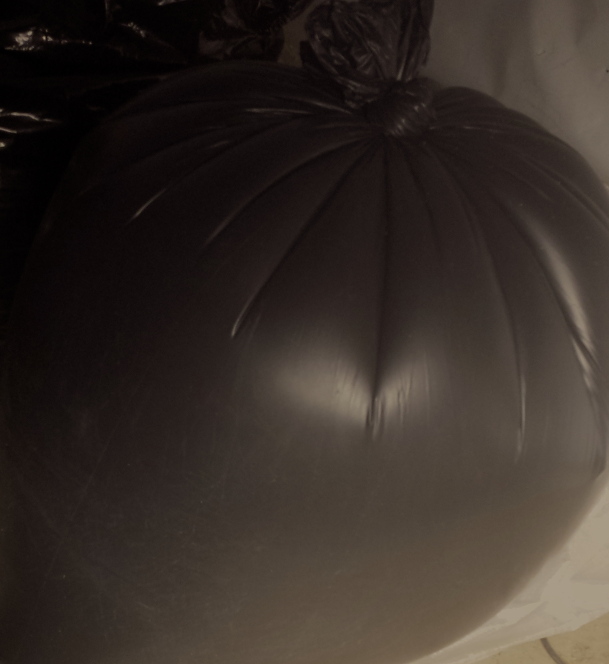
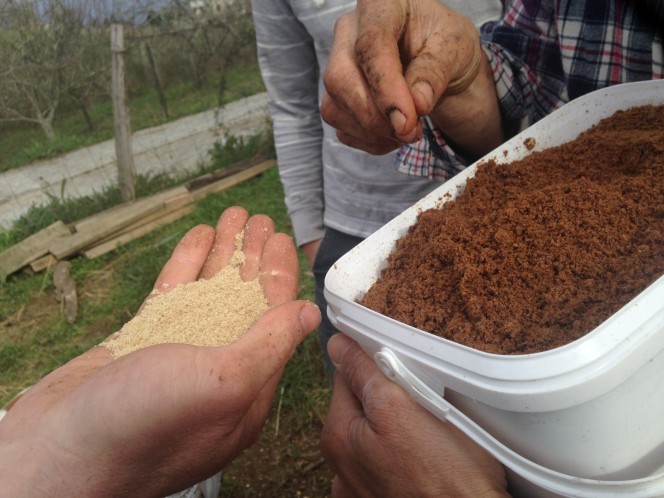
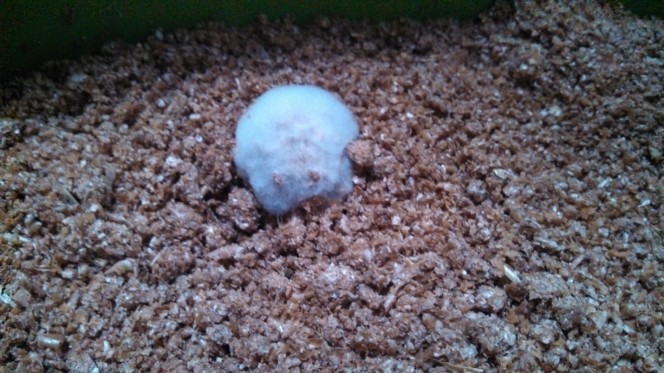
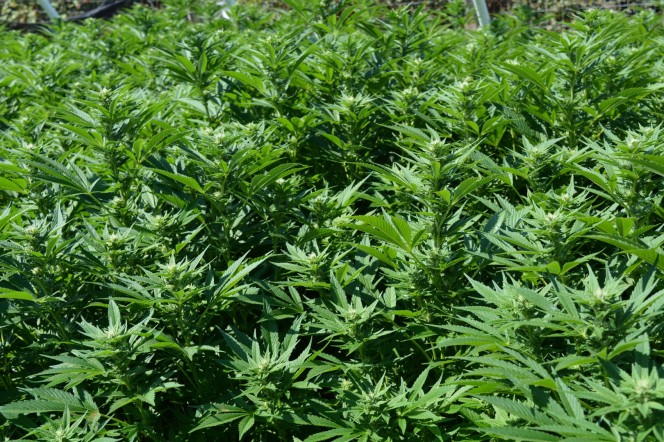
Give us your feedback
Your rating (between 1 and 5)
1 2 3 4 5Leave a comment
Read comments in other languages